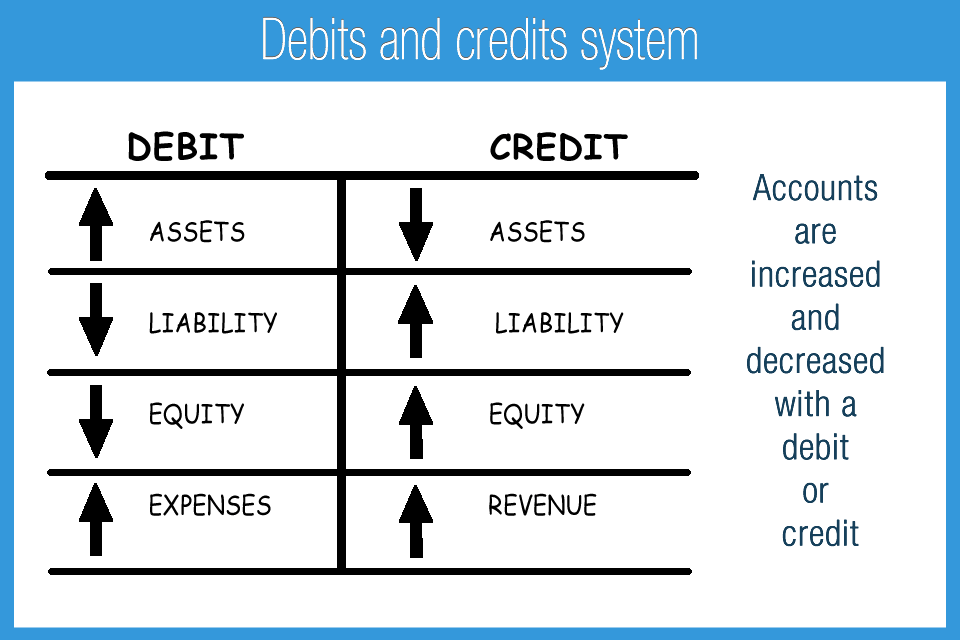Fantastic Debit And Credit Side Of Balance Sheet

The liability and equity accounts are on the balance sheet.
Debit and credit side of balance sheet. Ad Find In Debt With Credit Cards. On the asset side of the balance sheet a debit increases the balance of an account while a credit decreases the balance of that account. Assets liabilities stockholders equity.
The normal balance of any account is the entry type debit or credit which increases the account when recording transactions in the journal and posting to the companys ledger. Ad Find In Debt With Credit Cards. A debit increases both the asset and expense accounts.
Expenses decrease retained earnings and decreases in retained earnings are recorded on the left side. To do this you post the balance of the asset account credit side on the debit side of the closing balance sheet account and the balance of the liability account debit side on the credit side of the closing balance sheet. The trial balance has two sides the debit side and the credit side.
Items that appear on the debit side of trial balance Generally assets and expenses have a positive balance so they are placed on the debit side of trial balance. Example of Profits Effect on the Balance Sheet. An increase is recorded on the debit side and a decrease is recorded on the credit side of all asset accounts.
Debit and Credit Side The debit side contains the expenses cash and assets balances whereas the credit side contains the incomes capital reserves and the liabilities balances. Generally by General Accepted Accounting Principles GAAP rules DEBIT comes Left side of T-Account and CREDIT in right side. An asset and expense increases when it is debited and visa versa.
For a general ledger to be balanced credits and debits must be equal. The side that increases debit or credit is referred to as an accounts normal balance. An increase is recorded on the debit side and a decrease is recorded on the credit side of all expense accounts.









/dotdash_Final_Why_is_Accumulated_Depreciation_a_Credit_Balance_Jul_2020-01-34c67ae5f6a54883ba5a5947ba50f139.jpg)



